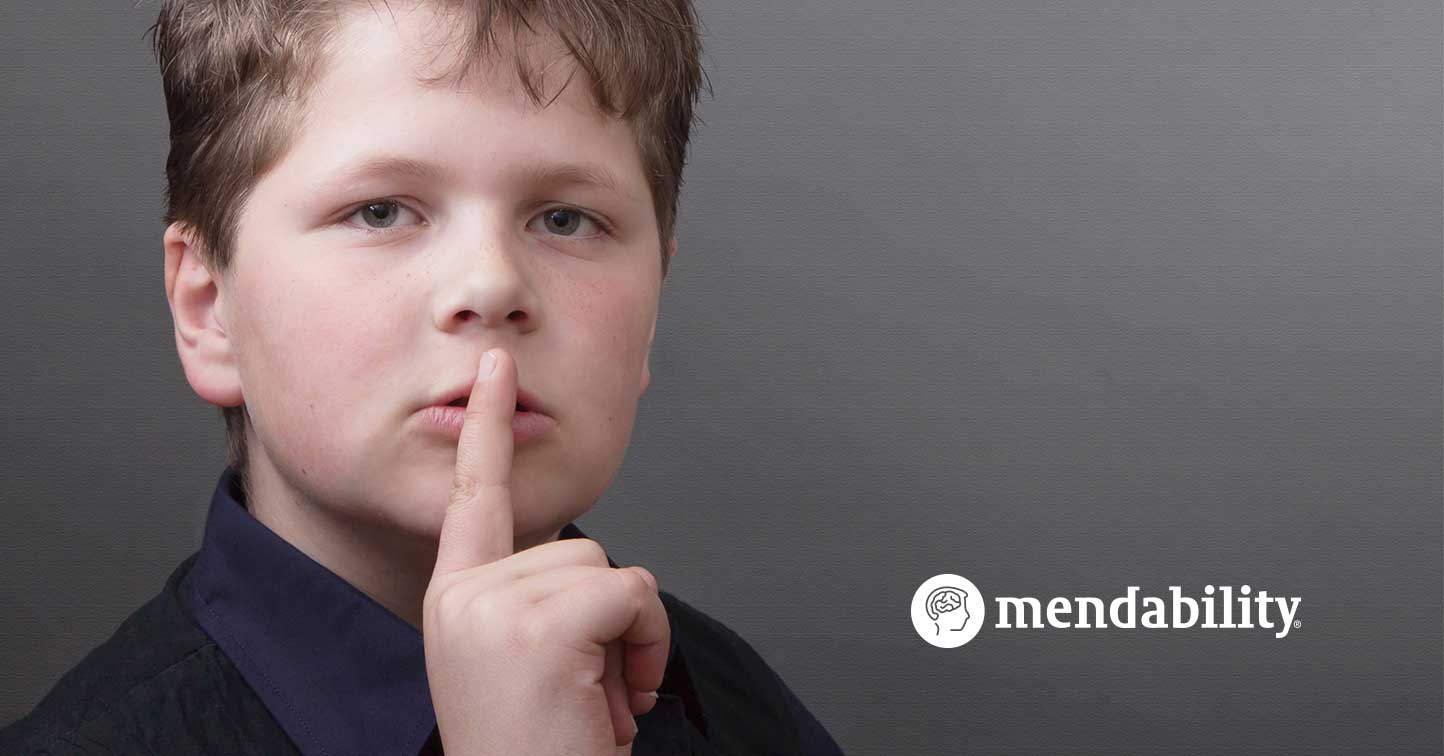Theory:
Science shows that silence is good for you.
Researchers did experiments with animals and found that exposure to silence prompted cell development in the brain. For example, in a 2015 study, with standard lab noise levels as the baseline, scientists exposed animals to various forms of noise and also to periods of silence (2 hours). Only exposure to silence remained associated with cell development in the hippocampus, the brain region related to the formation of memory, involving the senses.
The research author said, “We saw that silence is really helping the new generated cells to differentiate into neurons, and integrate into the system.”
Human studies show benefits too. For example, in a 2006 study, researchers discovered by accident that two-minute silent pauses between music tracks were far more relaxing than the relaxing music they played to their listeners during their experiments on the impact of music on heart rate and breathing.
There are a few good summaries of the benefits of silence online. These benefits include relief from stress and tension, increased attention, consolidated memories, improved social skills, and increased creativity.
You may want to also revisit the benefits of downtime in brain development.
Practical Recommendations:
Make silent time part of your daily routine.
It is very hard to “create” silence and when you start to think about everything that makes some kind of noise, it seems almost impossible to accomplish. At home, you will need to make sure that all machines (dishwasher, clothes dryer etc.) are turned off and telephones are in silent mode.
Ideally, you will sit and appreciate the silence and maybe even try to meditate, but for children maybe just try to help them relax for a few minutes and sit in the silence.
Consider giving your child a gentle claw back rub for a couple of minutes as they sit still.
Try not to watch TV or read a book during the silent time because this involves other brain activities. However, your child does not have to be physically still during this time. They may want to walk around and that is okay. They will still experience a change in the sound environment.
Your car can also be a good place to experience silence for a brief time. If you can be in the car and park somewhere that is very quiet (no A/C), then your car can be a silent box for a few minutes.
Please note that sudden silence may be unsettling for some children. The sudden disappearance of an object or sound is often just as striking as its sudden appearance. Prepare your child for the event.
FAQ:
Q. What if my child won’t be quiet during silent time? What do you do if your child will not stay silent?
A. They may need some time to get used to the experience of silence. Encourage them to be silent but never force them. Claudie has an example of a boy who she worked with who was always in a stimulating environment, lots of noise in the background. One day when she changed the music he stopped running around and noticed the change.
Q. What if my child won’t be still during quiet time?
A. They will still experience the silence even if they need to move their body. Don’t stop them from moving around if they need to.
Q. If silence is so valuable, why do you also recommend listening to music as part of Mendability’s exercises?
A. Music is also beneficial. Use silent time at a different moment in the day from when you do your Mendability exercises. Do keep listening to music as part of your bedtime routine.
Q. What about white noise? Is that the same as silence?
A. White noise can be a great solution for helping a child go to sleep by drowning out other distracting sounds, but it is not the same as silence.
Q. How long should we be silent for? And how often? Do you have to do it every day for it to be beneficial?
A. Any time is good. Do your best to fit it into your day for however short a time. Switch off all the machines in the house, silence your phone for a few minutes.
Q. What about using headphones or ear-plugs?
A. If your child is comfortable wearing them these can be helpful. However, noise-canceling headphones do not always result in silence. Do your best to make your home or your car as silent as possible for a few minutes by switching off all devices.
[av_toggle_container initial=’0′ mode=’accordion’ sort=” av_uid=’av-373y2y5′]
[av_toggle title=’References’ tags=” av_uid=’av-2o4ggh9′]
- Kirste, I., Nicola, Z., Kronenberg, G., Walker, T. L., Liu, R. C., & Kempermann, G. (2015). Is silence golden? Effects of auditory stimuli and their absence on adult hippocampal neurogenesis. Brain Structure & Function, 220(2), 1221–1228. http://doi.org/10.1007/s00429-013-0679-3
- Kraemer DJ, Macrae CN, Green AE, Kelley WM. Musical imagery: sound of silence
activates auditory cortex. Nature. 2005 Mar 10;434(7030):158. PubMed PMID:
15758989. - Luders, E., Toga, A. W., Lepore, N., & Gaser, C. (2009). The underlying anatomical correlates of long-term meditation: Larger hippocampal and frontal volumes of gray matter. NeuroImage, 45(3), 672–678.
- Bernardi, L., Porta, C., & Sleight, P. (2006). Cardiovascular, cerebrovascular, and respiratory changes induced by different types of music in musicians and non‐musicians: the importance of silence. Heart, 92(4), 445–452. http://doi.org/10.1136/hrt.2005.064600
- http://nautil.us/issue/16/nothingness/this-is-your-brain-on-silence
- https://www.huffingtonpost.ca/entry/silence-brain-benefits_us_56d83967e4b0000de4037004
- Voisin J, Bidet-Caulet A, Bertrand O, Fonlupt P. Listening in silence activates auditory areas: a functional magnetic resonance imaging study. J Neurosci. 2006 Jan 4;26(1):273-8. PubMed PMID: 16399697.
- Scholl B, Gao X, Wehr M. Nonoverlapping sets of synapses drive on responses and off responses in auditory cortex. Neuron. 2010 Feb 11;65(3):412-21. doi: 10.1016/j.neuron.2010.01.020. PubMed PMID: 20159453; PubMed Central PMCID: PMC3800047.
[/av_toggle]
[/av_toggle_container]

